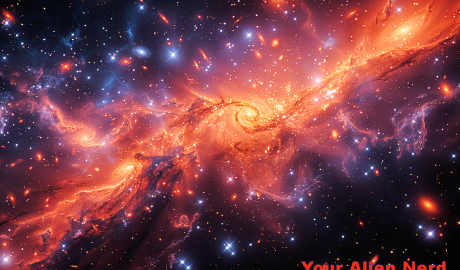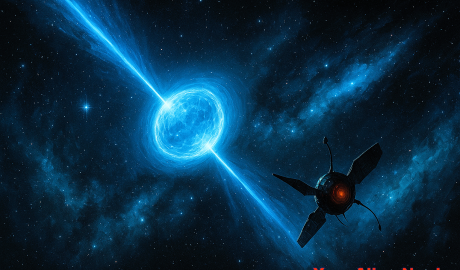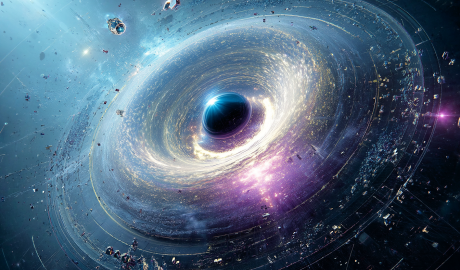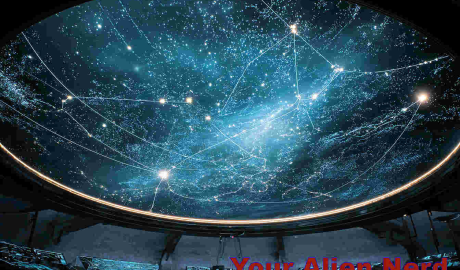Operation Trojan Horse: Are UFOs a Psychological Control System?
In 1970, computer scientist and ufologist Jacques Vallée published one of the most provocative works in the history of UFO studies: Operation Trojan Horse. His thesis was radical then — and feels eerily prescient now. Vallée argued that UFOs were not extraterrestrial spacecraft, but manifestations of an intelligence that interactsContinue Reading









